Artificial Intelligence (AI) has made huge strides in generating text and images, changing how we create content. These AI tools are now essential in many fields, from marketing and entertainment to education and research, where they help produce personalized ads, unique art, and study materials quickly and efficiently.
This article will review and recommend the best AI text and image generators available today, helping you find the right tools to enhance your content creation.
Best AI Text Generators
AI text generation uses artificial intelligence to write like a human. It learns from lots of text data to understand language and context, allowing it to create coherent text based on prompts.
The technology behind AI writing tools is Natural Language Processing (NLP). NLP helps computers understand and create human language by breaking down text, analyzing grammar, understanding meaning, detecting sentiment, translating languages, and identifying important information. NLP is what makes AI text generation possible and effective, enabling machines to produce meaningful and contextually appropriate text.
With the advancements in AI text generation and NLP, numerous AI tools have emerged to help users harness these capabilities. Next, we'll review some of the best AI text-generation tools available today.
1. OpenAI's GPT-4
ChatGPT is a free online AI language model that chats, answers questions, and helps with various topics. It learns and improves continuously to provide accurate and natural responses in conversations.
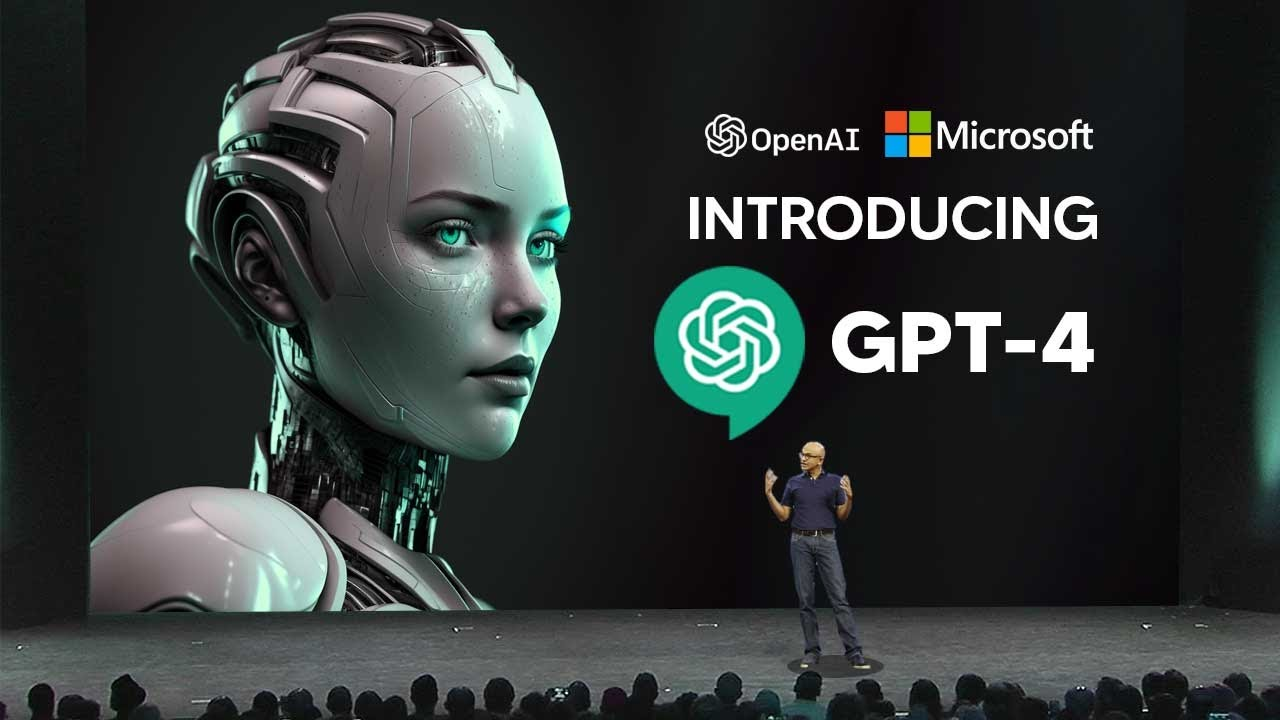
Source: article “OpenAI Degrades GPT-4 Performance While GPT-3.5 Gets Better” by TechPowerUp
Pros:
- High accuracy: Capable of producing text that closely resembles human writing.
- Can be used anywhere: Works for things like writing, coding, and tutoring.
- Keeps getting smarter: Learns from big data over time to improve its responses.
Cons:
- Sounds right but is wrong: Sometimes gives answers that seem correct but aren’t.
- Biased content: Might produce biased or inappropriate responses.
- Takes a lot of power: Needs a lot of computing resources to work.
2. Grammarly
Grammarly's text generator uses advanced AI to quickly create clear and engaging written content for articles, emails, and social media. It ensures correct grammar, offers style tips, and helps keep the writing organized and easy to understand. This tool is great for anyone who wants to write better and faster.
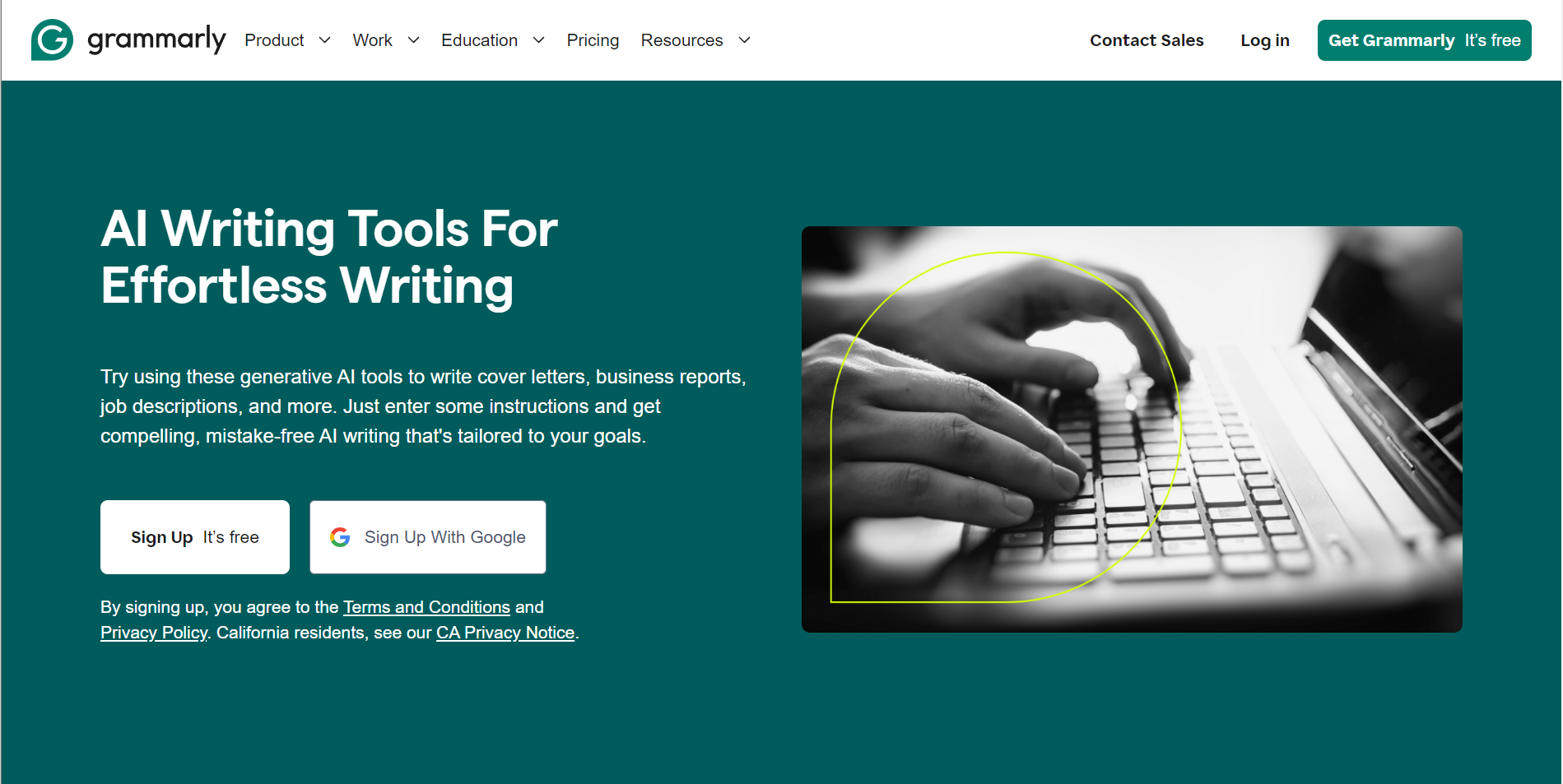
Source: Grammarly
Pros:
- Improves writing: Helps improve clarity, accuracy, and style in your writing.
- Real-time tips: Gives you feedback and suggestions as you type.
- Personalized advice: Offers tips based on your writing habits and goals.
- Improves vocabulary: Suggests better word choices and expands your vocabulary.
- Catches plagiarism: Helps spot and fix plagiarism in your work.
Cons:
- Extra costs: Certain advanced tools require a paid subscription.
- Not your style: The tips might not always match your writing style.
- Subtle errors: Can overlook some tricky grammar or context-based mistakes.
3. Jasper.AI
Jasper AI is an AI writing tool that helps users create quality content quickly. It supports blogs, social media, and product descriptions, with easy-to-use features for SEO and multilingual writing. Whether you're working solo or in a team, Jasper AI offers tools to improve grammar and style, making it perfect for boosting your content creation efforts.

Source: Jasper.ai
Pros:
- Fast content generation: Quickly generates quality content for blogs, social media, and product descriptions.
- Helps with SEO: Assists in finding keywords and improving search engine rankings.
- Great for teamwork: Makes it easier for teams to collaborate and share content.
- Checks grammar and style: Reviews and improves your grammar and writing style.
Cons:
- Topic-dependent: The quality of what it creates can vary depending on the subject.
- Can be pricey: Might be too expensive for small businesses or individuals.
- Takes time to learn: It takes some time to figure out how to use all the features.
4. Semrush
The Semrush AI Text Generator is a handy tool that quickly creates high-quality content. It uses advanced AI to generate text for blogs, articles, social media posts, and marketing copy. This tool helps improve your content strategy by providing SEO-friendly text that fits your brand and audience. With an easy-to-use interface and customization options, it makes content creation simpler for marketers and businesses.
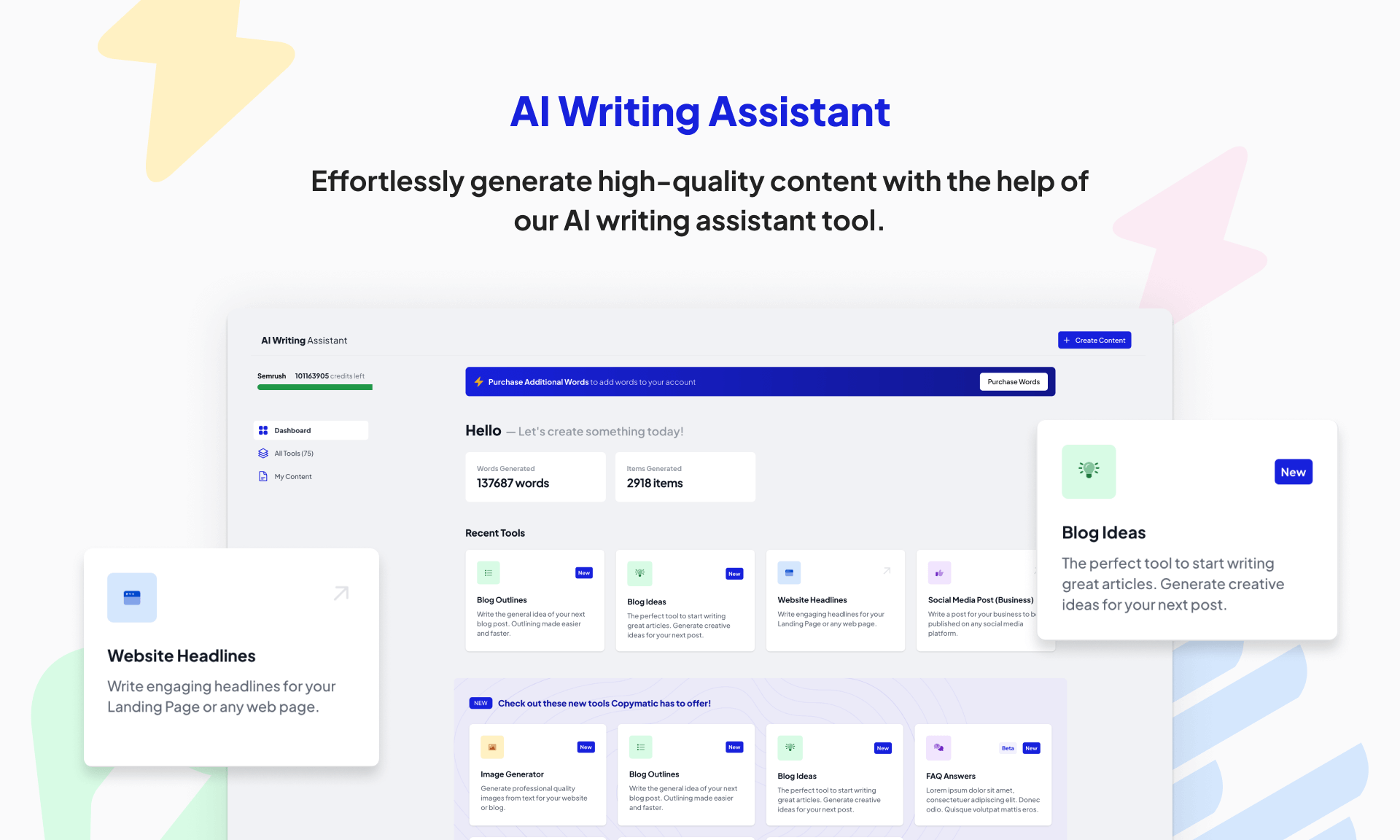
Source: Semrush
Pros:
- All-in-one marketing tool: Covers SEO, PPC, content marketing, and social media.
- Spies on competitors: Gives you insights into what your competitors are doing.
- Finds top keywords: Helps you discover the best keywords to improve your search rankings.
- Fixes website issues: Spots and helps fix technical problems on your website.
- Tracks backlinks: Monitors your backlinks to help boost your site’s authority.
Cons:
- Costly: Might be too expensive for small businesses or individuals.
- Difficult to use: Some features need time to learn.
- Lacks detail: Certain data points might not be as in-depth as other tools.
5. Gemini
Gemini AI (previously Bard) by Google is a versatile platform that uses advanced AI to boost productivity and decision-making. It offers tools for creating content, analyzing data, and improving workflows. Whether you need to simplify writing tasks or analyze complex information, Gemini AI provides user-friendly features that cater to professionals across different fields. It's designed to help you achieve better business outcomes with the power of artificial intelligence.
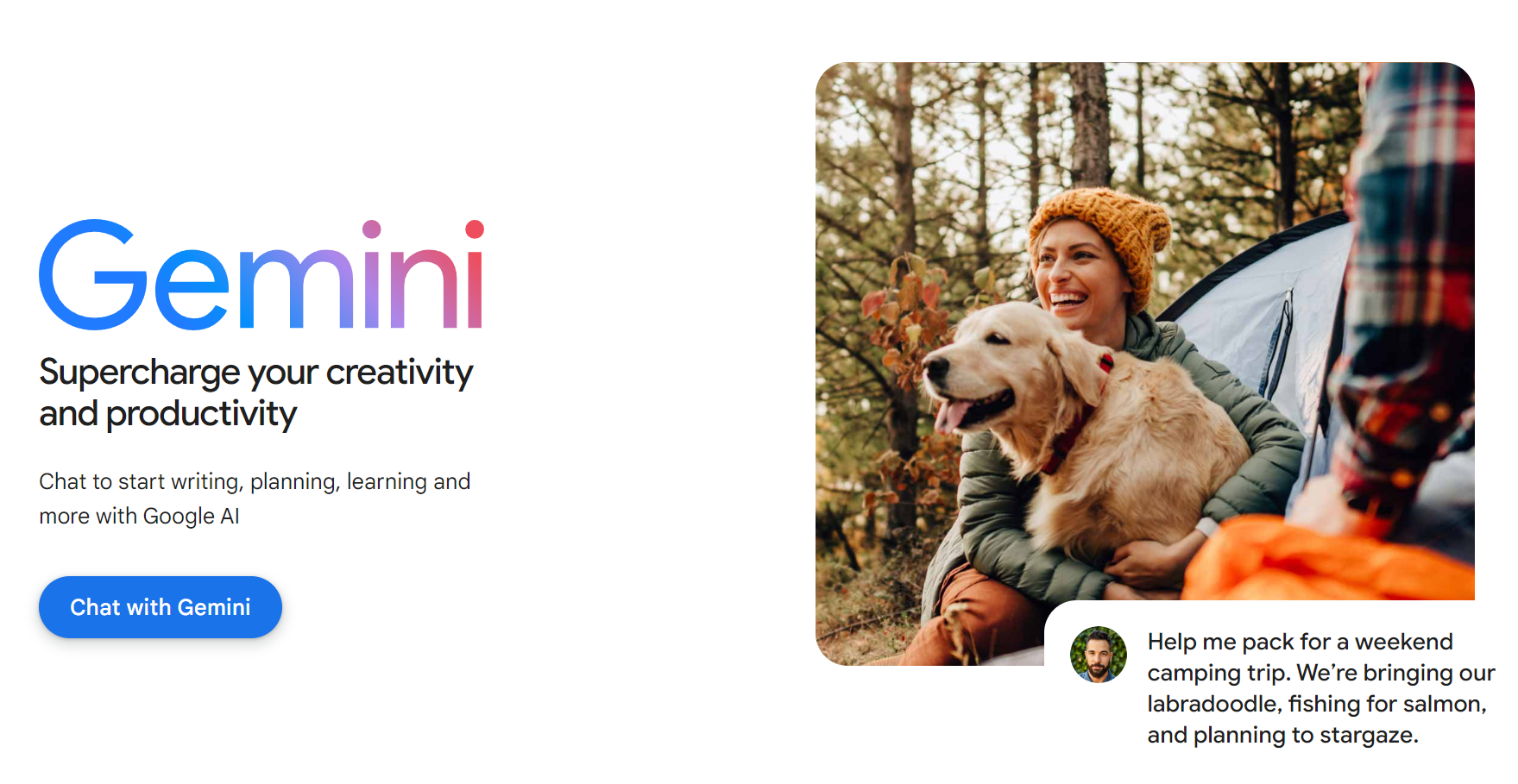
Source: Gemini
Pros:
- Multiple formats: Can process text, code, audio, images, and video, doing the work of several tools at once.
- Works on any device: Runs efficiently on anything from a smartphone to a data center.
- Thinks critically: Doesn't just repeat info - it's good for solving problems and making decisions.
Cons:
- Wrong facts: Even though it focuses on accuracy, it can still give wrong or misleading info.
- Can show bias: Sometimes reflects biases from its training data, so be careful with the output.
- Lacks creativity: May not be as good at producing really creative content compared to other models.
- Resource-consuming: Uses a lot of computing power, which can affect scalability and costs.
Now that we’ve covered what each AI text generator offers, here’s a handy table to compare them and help you pick the right one for you.
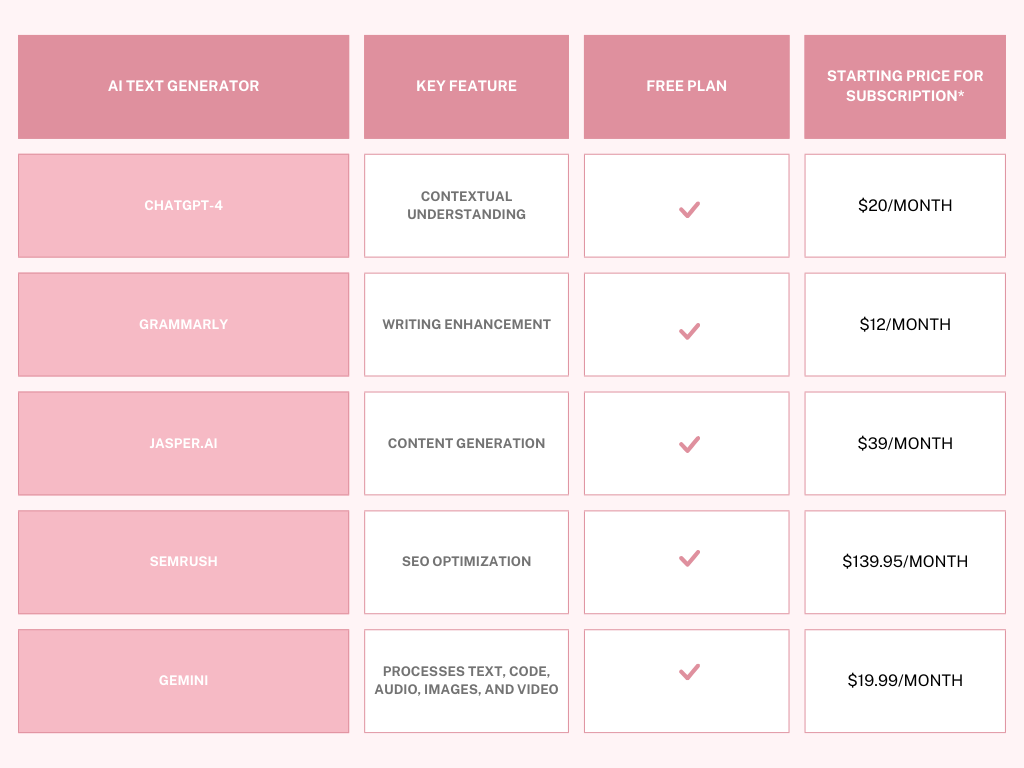
*Prices are valid for October 2024.
Best AI Image Generators
To make text-to-image AI technologies possible, the machine learning model looks at millions of images on the internet along with their related text. The algorithms find patterns in the images and text and start to guess which ones go together. Once the model can predict what an image should look like from a given text, it can create brand-new images based on any new descriptions that users enter into the app.
Let’s take a look at some of the best AI image generators available today. We’ll test them using the “A fallen vase with flowers on a kitchen table, calm tones” text prompt to see what each of the generators has to offer.
1. Dall-E 3
DALL-E 3 is OpenAI's newest image generation model, available as a ChatGPT image generator, known for creating detailed and imaginative pictures from text descriptions. It's versatile and can produce images in many styles, making it great for various creative projects.

AI-generated image by Dall-E 3
Pros:
- Enhanced text interpretation: Has a strong ability to understand and interpret complex or abstract prompts, resulting in more accurate and contextually relevant images.
- Customization: Offers extensive options for fine-tuning image outputs.
- User-friendly: Accessible for users without design skills.
Cons:
- Complex scene limitations: May struggle with sophisticated scenes involving multiple elements.
- Limited control: Sometimes, users have limited control over specific image elements.
- Prompt dependency: Image quality relies heavily on clear and specific prompts.
- Less focus on realism: May not be the best choice for generating photorealistic images.
2. MidJourney
MidJourney is a popular AI image generator known for its ability to create artistic and visually stunning images. It’s favored by artists and designers for its ability to produce unique and stylized visuals.

AI-generated image by MidJourney
Pros:
- Artistic creativity: Excels at producing visually stunning, imaginative, and highly artistic images, often with a unique and stylized aesthetic.
- Versatile style range: It supports a broad spectrum of artistic styles.
- Strong community support: Has an active community that shares tips, tutorials, and prompt ideas, enhancing user creativity and collaboration.
Cons:
- Prompt sensitivity: The quality and relevance of generated images can vary significantly based on the prompt's specificity and wording.
- Resource intensity: High-quality image generation can be computationally expensive and time-consuming.
- Complex interface: MidJourney AI is less user-friendly, which can be challenging for beginners.
3. Stable Diffusion
Stable Diffusion, developed by Stability AI, is an open-source AI model designed for generating high-quality images from text prompts. It's known for its flexibility, allowing users to fine-tune and train the model on specific styles or themes, making it ideal for a wide range of creative applications.

AI-generated image by Stable Diffusion
Pros:
- Easy access: You can create an account and start generating images with just a few clicks.
- Low processing requirements: It can run on modest hardware, and you can download and use it offline.
- Free to use: The software is free, with optional upgrades available for advanced features.
- Flexible input options: Accepts both text and image prompts for versatile image generation.
- Fast performance: Generates images quicker than many other image-generation tools.
Cons:
- Complex interface and customization: The interface and customization options can be challenging to learn and navigate.
- Lower image quality: It may produce images of lesser quality compared to some other AI image generators
4. Adobe Firefly
Adobe Firefly is a collection of AI-driven tools tailored for creative professionals. It provides advanced functionalities for creating and enhancing visuals, such as text-to-image generation, and integrates smoothly with Adobe Creative Cloud applications.

AI-generated image by Adobe Firefly
Pros:
- Enhanced efficiency: Automates repetitive tasks, allowing designers to concentrate on more complex, creative work. Its generative AI quickly produces designs, reducing the need for manual effort and saving valuable time.
- Accessible design: Enables new designers and those without extensive artistic skills to create visually compelling content, making design more accessible.
Cons:
- Limited customization: Offers limited customization, restricting control over specific elements like layout, color schemes, and typography, which may not suit designers who need more precision.
- Reduced control: Gives users less control over the design process, which can be frustrating for those who prefer to manage every detail of their work.
5. Imagen
Imagen 2's advanced text-to-image technology is featured in Gemini, and a Google Labs experiment called ImageFX. This technology provides an innovative interface for users to easily explore different prompts and push the limits of their creativity.

AI-generated images by Imagen
Pros:
- High-quality output: Generates detailed and realistic images from text prompts.
- Advanced text-to-image technology: Utilizes state-of-the-art algorithms for diverse creative applications.
- Versatile creativity tools: Offers features for exploring alternative prompts and expanding creative possibilities.
Cons:
- Limited customization: May not allow fine-tuning of specific design elements.
- Requires detailed prompts: The quality of the output heavily depends on the clarity and specificity of the input.
- Accessibility restrictions: May have limited availability or access based on user location or platform.
Now let's quickly review each AI tool for image generation by key feature, free plan option, and minimal price per month:

*Prices are valid for October 2024.
In conclusion, AI text and image generators have surely transformed content creation, making it more efficient and accessible. These tools allow writers to streamline their processes and help artists and marketers quickly produce unique visuals without extensive design skills.
As AI continues to evolve, we can anticipate enhanced features that cater to specific user needs, whether for marketing copy or educational content. However, it’s crucial to use these technologies (AI content creation) mindfully, considering originality and ethical implications in content creation.
The future holds exciting possibilities for creativity and productivity with AI generators. Explore these innovations and integrate them into your workflows for inspiration and efficiency

